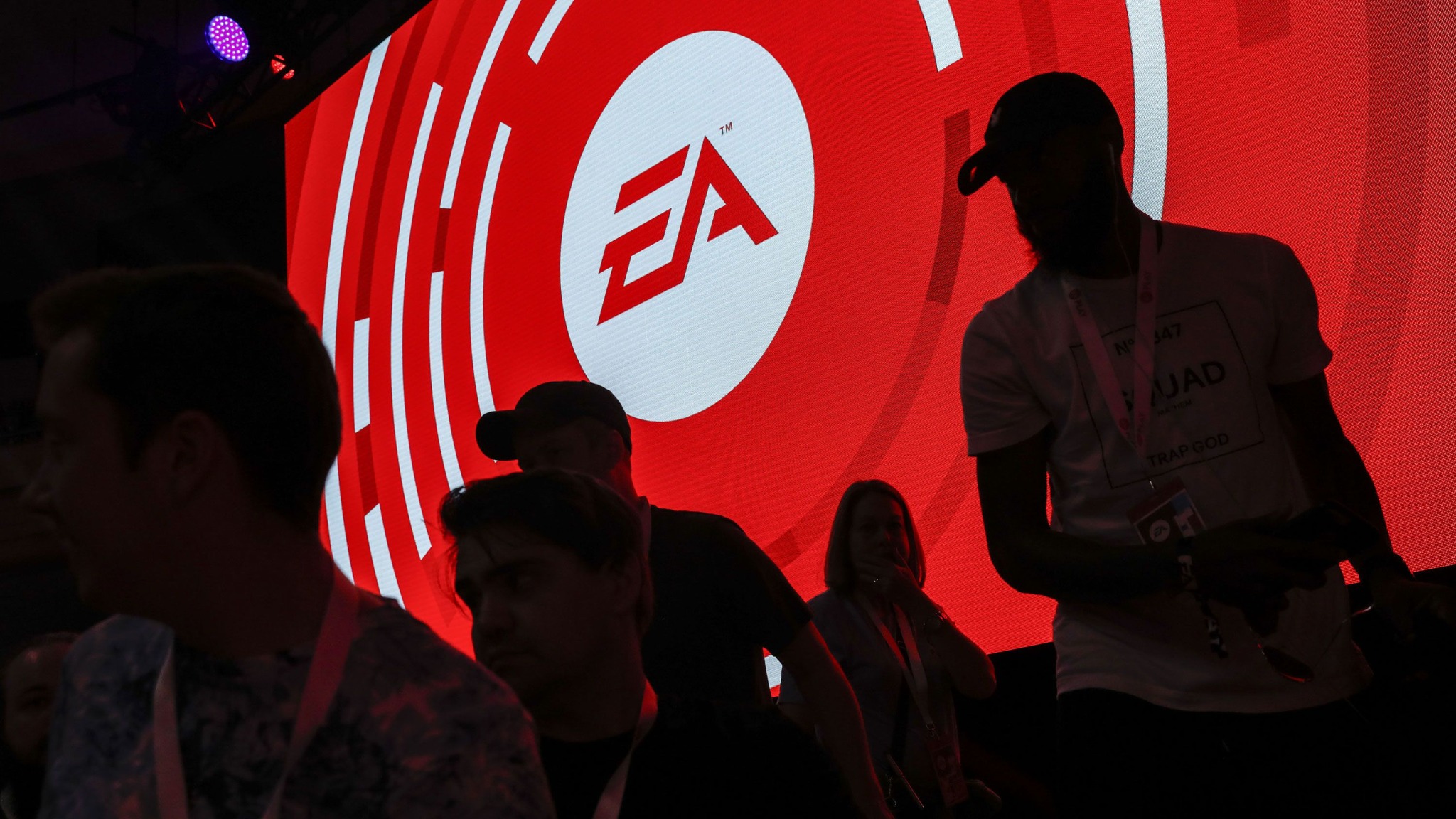Project & Skills
Microsoft Azure Open HackAI & Machine Learning Innovation
Location: Microsoft Campus, Dallas (Irving) | Event Type: Invite-Only Hackathon
I participated in an exclusive Microsoft Azure Open Hack, collaborating with engineers and industry professionals to tackle real-world challenges in AI, machine learning, and NLP using the Azure platform. Through hands-on labs and live problem-solving, I gained practical experience in:
-
Azure ML Services: Model training, deployment, and pipeline integration
-
Azure Vision Studio: Building image recognition solutions with cognitive services
-
RAG Patterns: Enhancing AI responses using structured data and LLMs
-
NLP APIs: Developing custom search and language models via Azure AI Search and Foundry
This experience sharpened my skills in AI-cloud integration, prompt engineering, and enterprise-scale model deployment, while enhancing my ability to perform in collaborative, high-pressure environments.
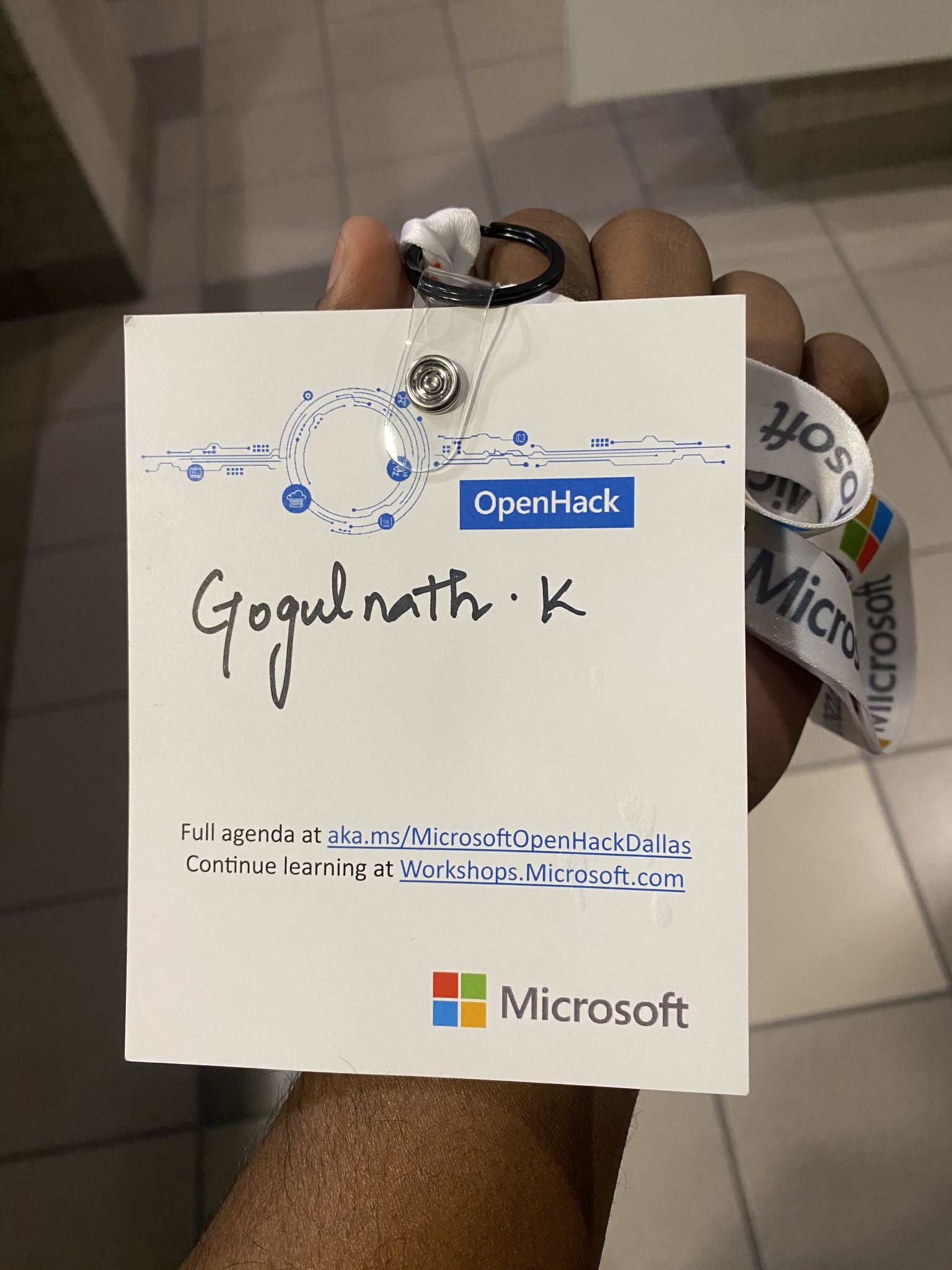
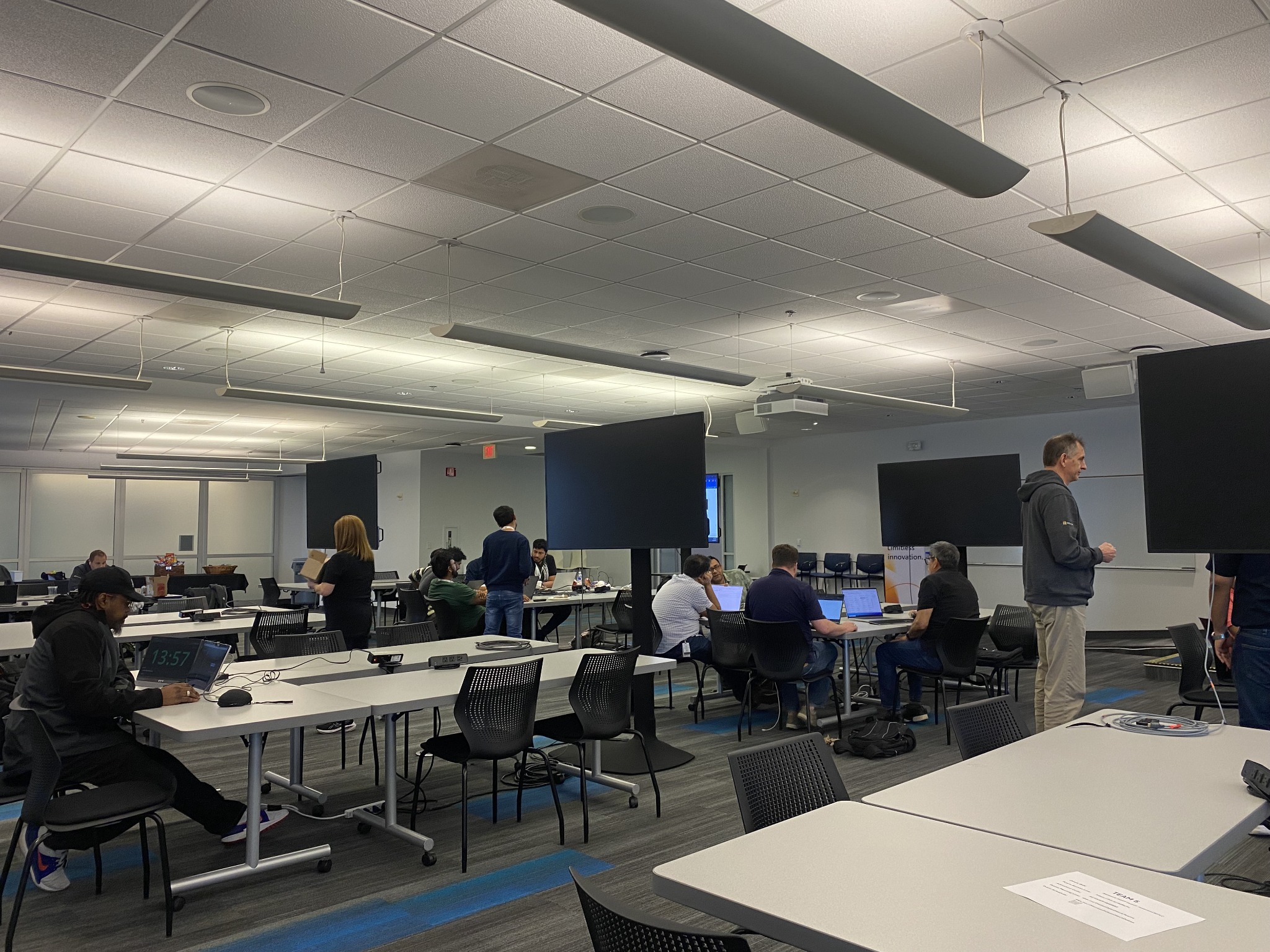
Ideas In Blockchain
Blockchain is a distributed ledger technology that allows for transparent and secure transactions within a network. Each node holds a complete record, and any changes to the ledger are validated through consensus, eliminating the need for intermediaries in processes such as cross-border payments. This results in direct and immediate transfers without the risk of manipulation. Blockchain's benefits include reduced costs by removing middlemen, quicker settlement times, and enhanced security with encrypted transaction details. The technology also reduces standardization challenges and offers increased payment transparency since all parties involved have access to the ledger's information.
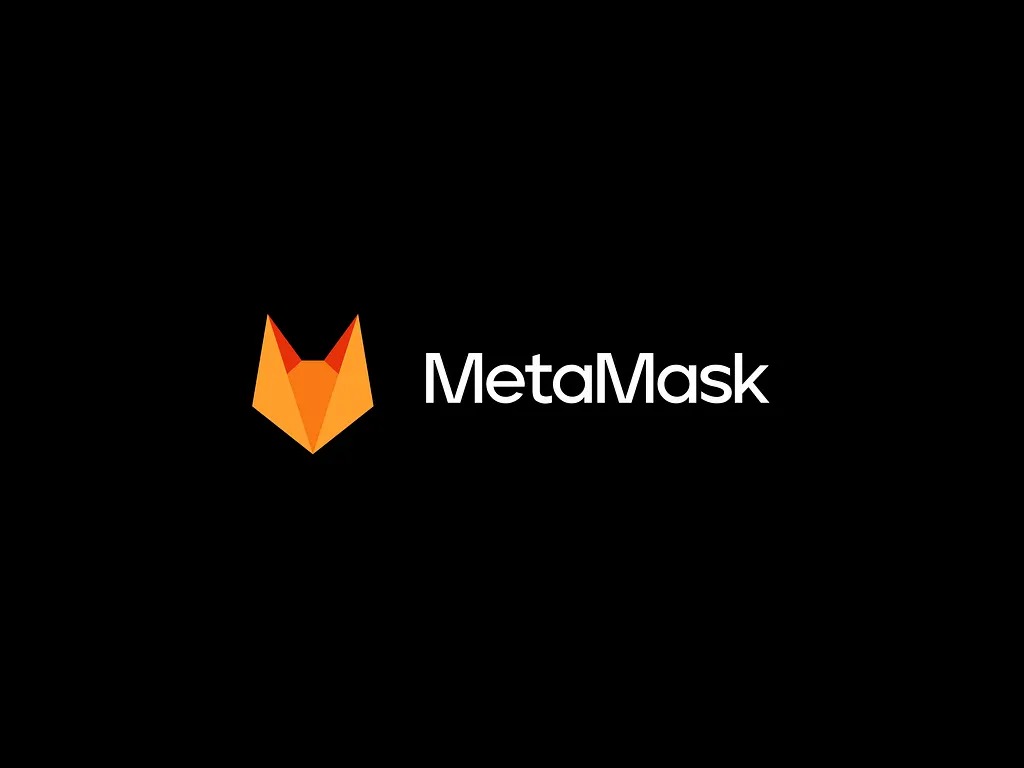
Inframind 2020 Contest RunnerUp
In 2020, I engaged in the esteemed InfraMind competition hosted by TCS, where I presented an innovative project concept focused on utilizing blockchain technology for financial transactions. My proposal detailed a sophisticated model for secure and efficient money transfers leveraging the inherent strengths of blockchain, promising to revolutionize the domain of digital payments.
Enterprise Database
Galaxy Studios' SQL database system is designed to manage various aspects of film production, including talent management, production tracking, awards, and operational efficiency. The database follows an Entity-Relationship (ER) model, normalized to Third Normal Form (3NF) to ensure data integrity and minimize redundancy. Core entities such as Movies, Actors, Directors, Crew, Awards, and Reviews are structured with primary and foreign keys to maintain relational integrity. SQL implementation includes stored procedures and triggers for automation, while complex queries retrieve insights like top revenue-generating movies and award-winning films. Indexing and query optimization enhance performance, ensuring efficient data retrieval.
To maintain security, user roles (e.g., Admin, Reviewer) are defined with controlled access, preventing unauthorized modifications. A comprehensive backup strategy includes full weekly backups, daily differential backups, and hourly transaction log backups, stored securely on-site and in the cloud. Validation measures, such as backup and restore tests, ensure data integrity. The final deliverables include a fully implemented SQL database, along with documentation covering ER diagrams, database schema, queries, and procedures.
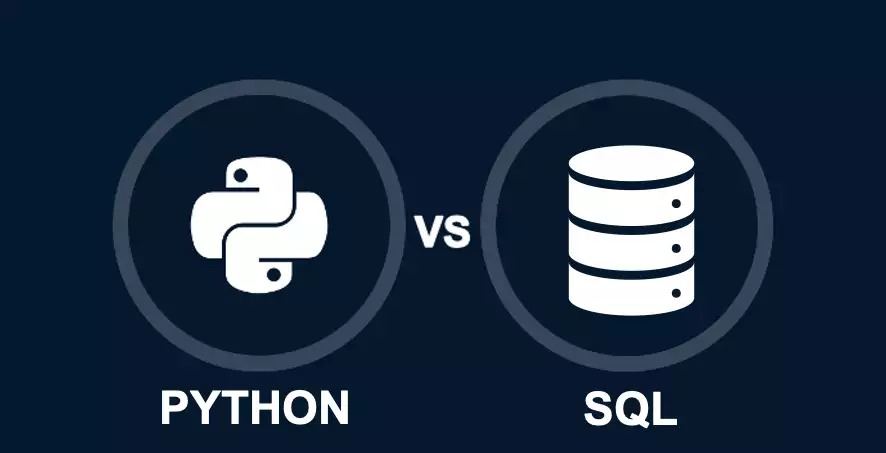
Commonwealth Bank Introduction to Cybersecurity Job Simulation
As part of a hands-on cybersecurity generalist simulation for Commonwealth Bank, I engaged in a series of real-world cybersecurity tasks focused on fraud detection, security incident response, and penetration testing. I developed data-driven fraud detection strategies by leveraging Splunk dashboards to analyze historical customer data, uncover anomalies, and enhance investigative insights. Additionally, I strengthened my incident response capabilities by executing protocols for threat containment, mitigation, and recovery while coordinating with relevant teams to ensure swift resolution of security breaches.
Furthermore, I gained practical exposure to penetration testing by assessing web application vulnerabilities, identifying security gaps, and recommending remediation strategies to fortify cyber defenses. I also contributed to security awareness initiatives by designing informative infographics promoting secure password management in alignment with Australian Cyber Security Centre (ACSC) best practices. This experience enhanced my technical proficiency in threat intelligence, security analytics, and proactive defense mechanisms, reinforcing my ability to combat evolving cyber threats in enterprise environments.

Mastercard Cybersecurity virtual experience program on Forage
In this cybersecurity job simulation, I worked as an Analyst on Mastercard’s Security Awareness Team, focusing on threat identification, risk mitigation, and employee security training. I played a key role in detecting and analyzing phishing threats, assessing their impact on organizational security, and reporting them to relevant stakeholders for mitigation. Using threat intelligence methodologies, I evaluated phishing tactics, attack vectors, and user susceptibility to enhance the company's defense posture.
Additionally, I conducted a security awareness gap analysis across various business units, identifying teams with higher exposure to cyber threats. Based on my findings, I designed and implemented targeted security training programs, equipping employees with best practices for threat recognition, secure handling of sensitive data, and incident response protocols. This project strengthened my expertise in social engineering defense strategies, cybersecurity education, and proactive risk management, reinforcing the importance of a human-centric approach in enterprise security.
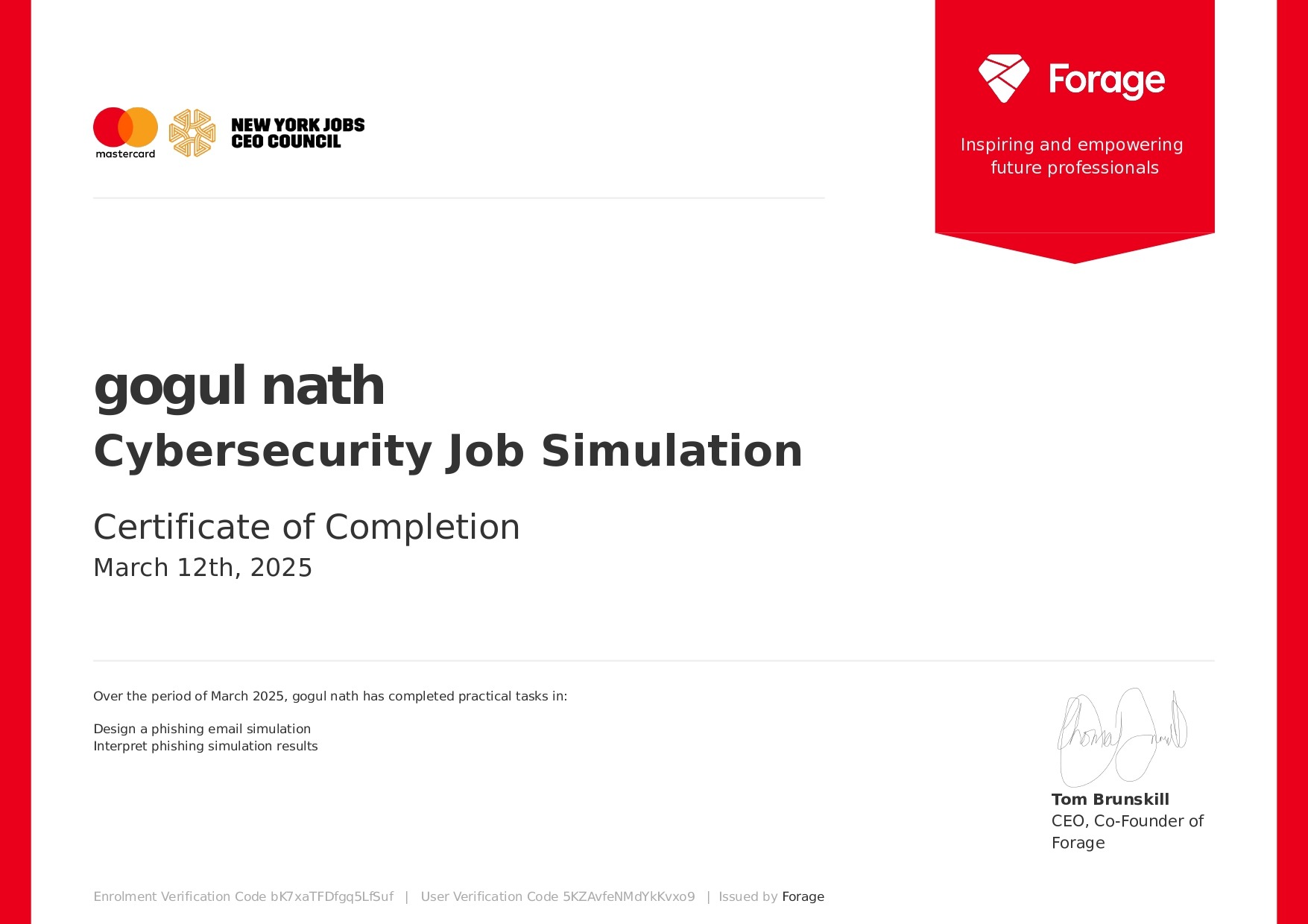
EA-Hack-2021-Security-Breach-Analysis
This project involved an in-depth investigation of the 2021 Electronic Arts (EA) cyberattack, where 780 GB of sensitive data—including FIFA 21 source code and the Frostbite engine—was stolen. I reconstructed the attack chain from initial access via stolen authentication cookies to session hijacking, lateral movement through internal Slack channels, and eventual privilege escalation and data exfiltration.
My analysis highlighted critical vulnerabilities in session handling, support workflows, and internal communication channels, particularly the lack of behavioral anomaly detection and overreliance on Slack for identity verification.
To mitigate future risks, I recommended implementing a Zero Trust Architecture, strengthening session/token management through IP binding and expiration policies, deploying real-time anomaly detection, and hardening IT support workflows with call-back verification and stricter MFA reset protocols.
This case study demonstrated my ability to deconstruct real-world breaches, identify systemic weaknesses, and design practical security strategies aligned with enterprise threat landscapes.
